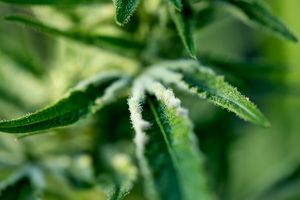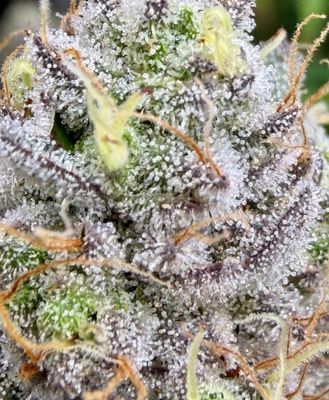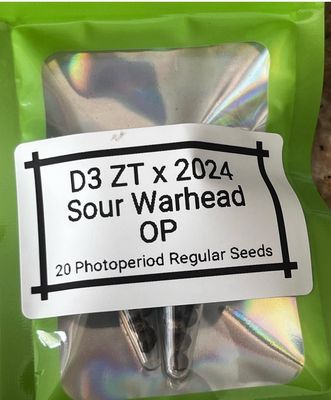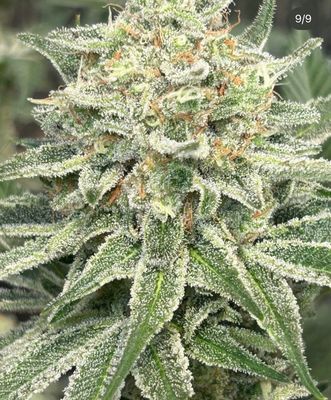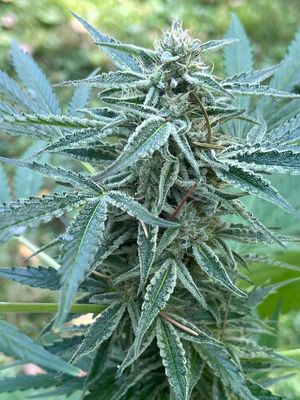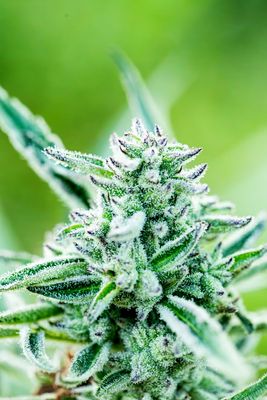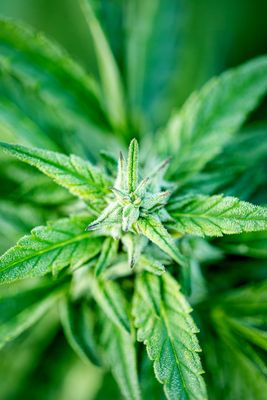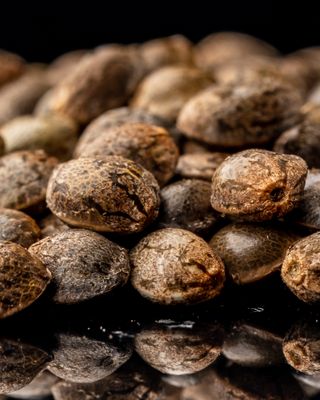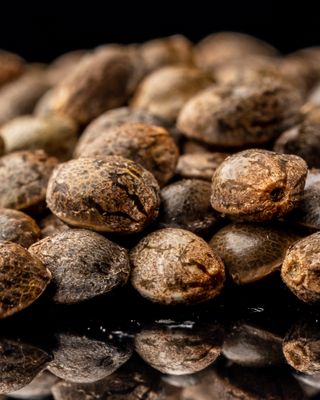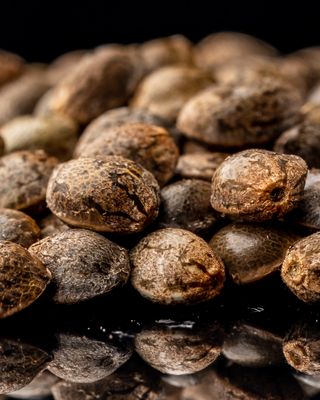Freebie Sale! Now until 4/20- Ends in a Grow Off!
Friday Roots Revival
A wide variety of award winning seeds.
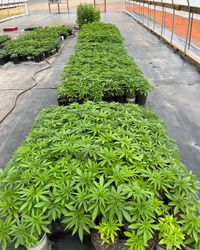

READY TO PLANT YOUR DREAMS?
Reap the Harvest of High-Quality Genetics
We value your time and strive to make delivery and pick up options as convenient as possible! We only ship to the US and Canada.
All orders are dispatched within 1-3 business days. If you have any questions, our friendly team is always ready to help!
Shipping Policy
We offer various shipping options, including standard and expedited shipping through reliable carriers. Delivery times may vary based on the shipping method selected at checkout.
Processing Time:
Orders are typically processed within 1-3 business days. You will receive a confirmation email once your order has shipped.
Shipping Rates:
Shipping rates will be calculated at checkout based on your location and the weight of the items in your cart.
International Shipping:
We currently do not offer international shipping.
Delivery Issues:
If your order does not arrive within the expected timeframe, please contact our customer service team for assistance.
Refund Policy
We prioritize customer satisfaction. However, please note that all sales are final, and we do not accept returns or issue refunds on any purchases. By making a purchase from our website, you acknowledge that you understand and agree to this return policy.
Final Sales:
All products purchased from mtzionseeds.com are considered final sales. Once an order has been placed, it cannot be canceled or refunded.
Exchanges:
We do not offer exchanges for any items purchased. If you received a defective or damaged item, please contact our customer service team within 7 days of receiving your order. We will review your case on an individual basis and provide instructions on how to proceed.
Customer Support:
If you have any questions about your order or our policy, please feel free to contact our customer support team at mtzionseedcooperative@gmail.com We are here to help you!
Changes to This Policy:
We reserve the right to update or modify this Refund Policy at any time. Changes will take effect immediately upon posting the revised policy on our website.
Terms & Conditions
Acceptance of Terms:
By accessing or using our website, you agree to comply with and be bound by these Terms & Conditions.
Changes to Terms:
We reserve the right to modify these Terms & Conditions at any time. Changes will be posted on this page with an updated effective date.
Privacy Policy
Information Collection:
We collect personal information when you place an order or subscribe to our newsletter. This includes your name, email address, billing address, and shipping address.
Use of Information:
Your information will be used to process your orders and communicate with you about your purchases.
